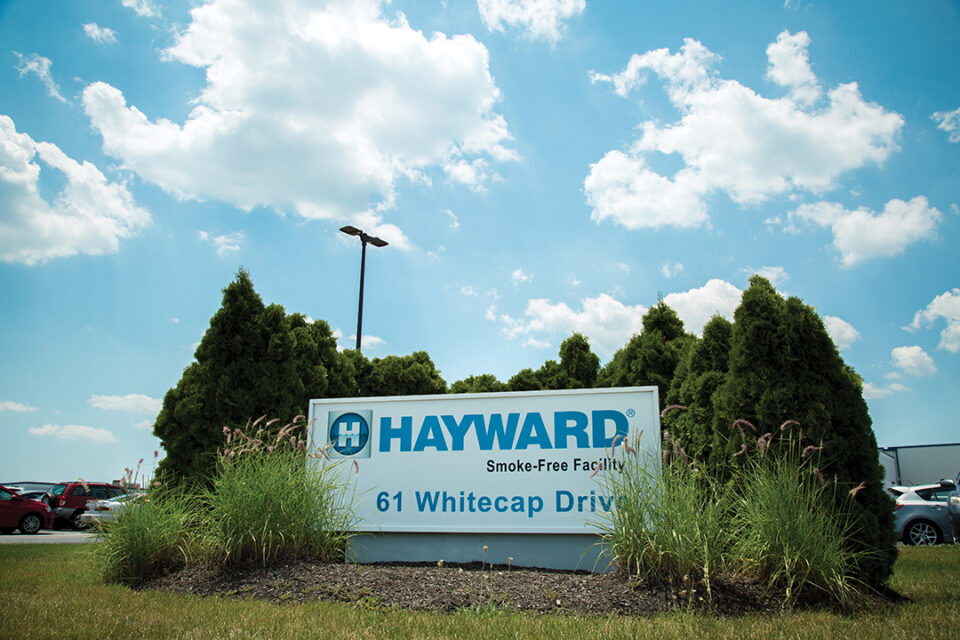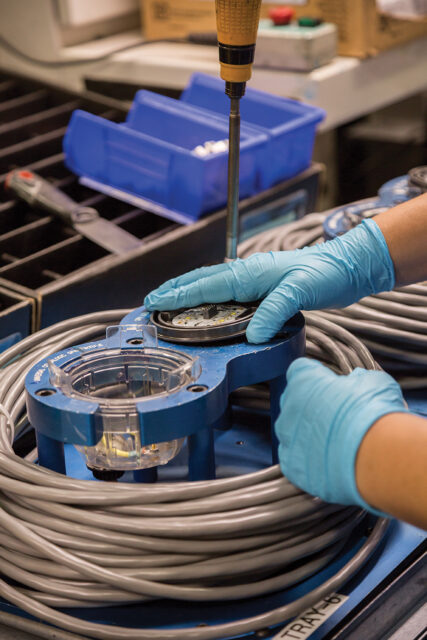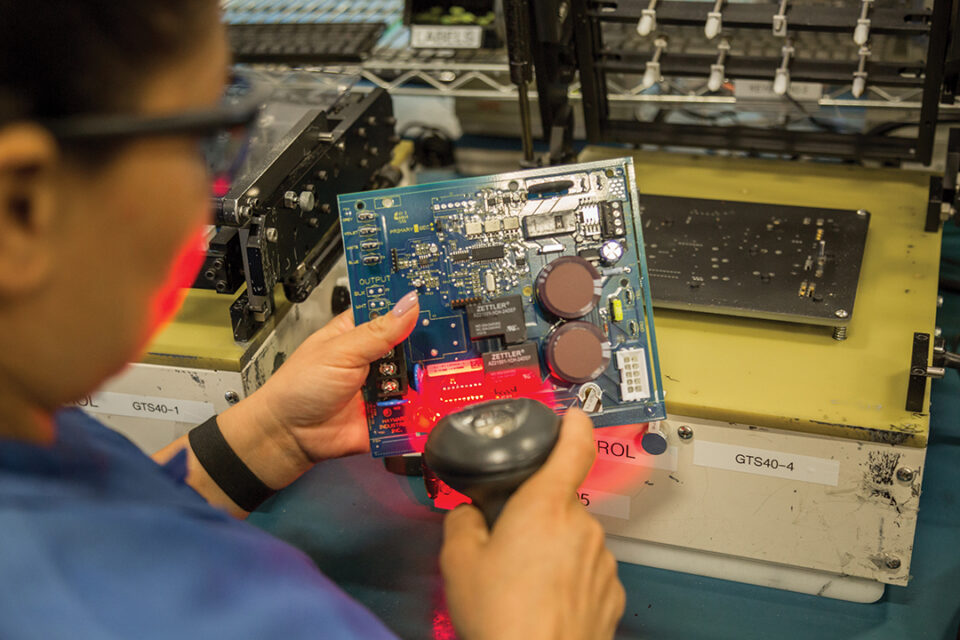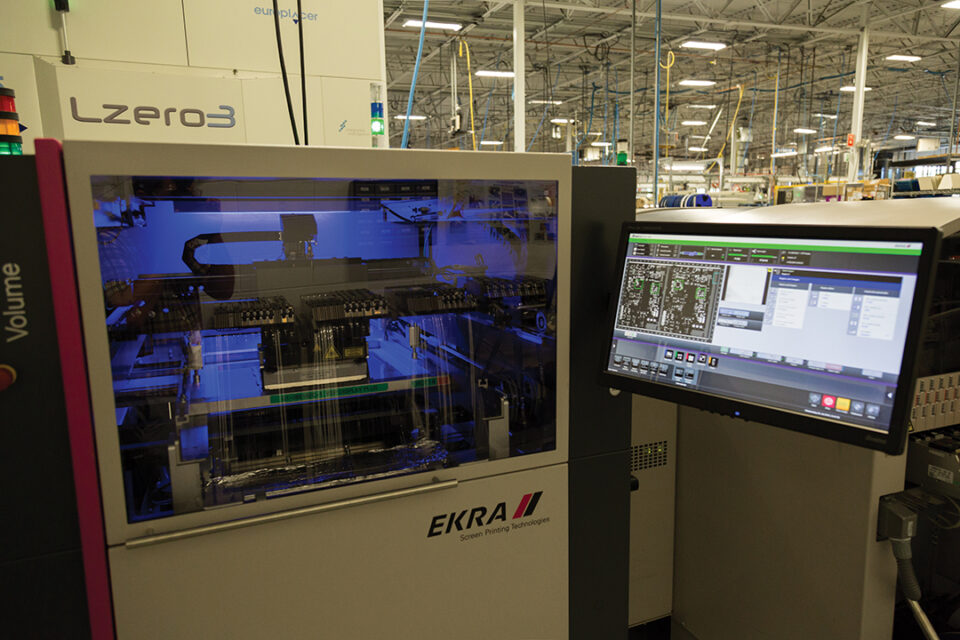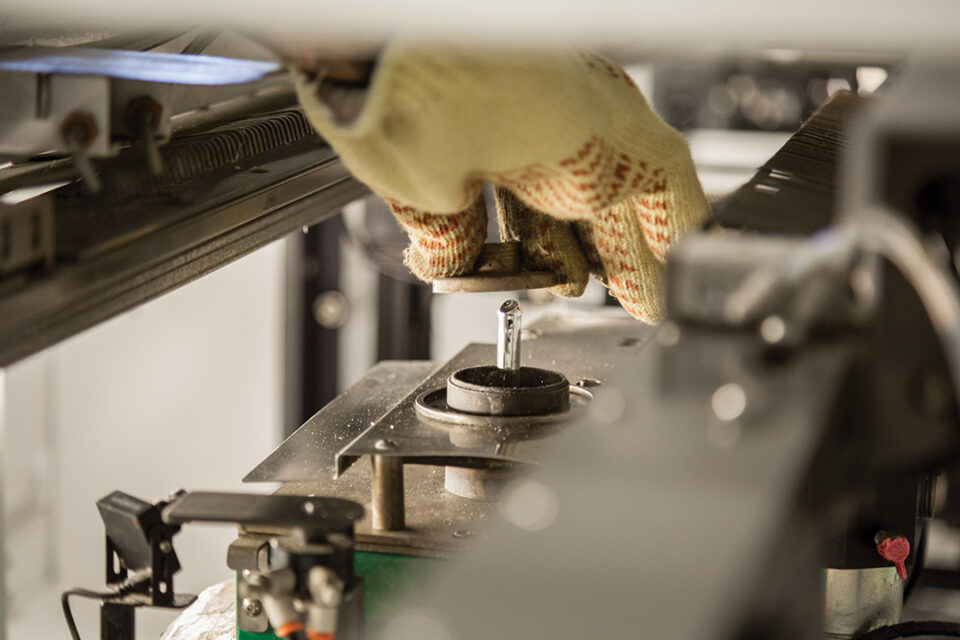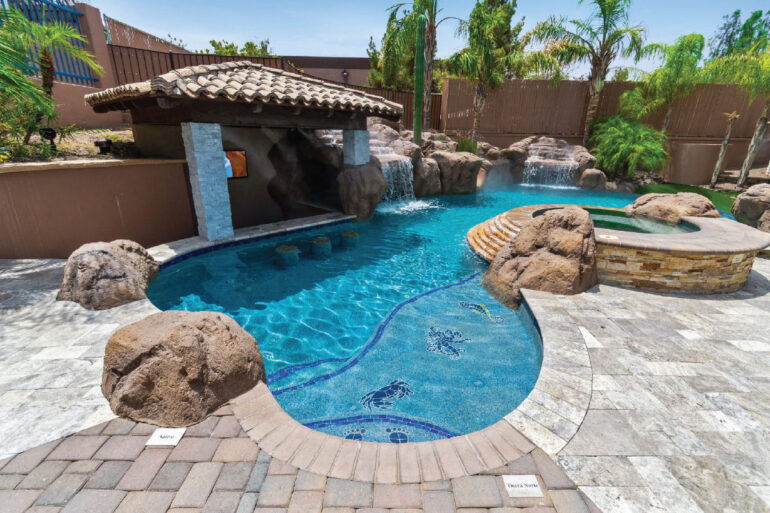Hayward Forward
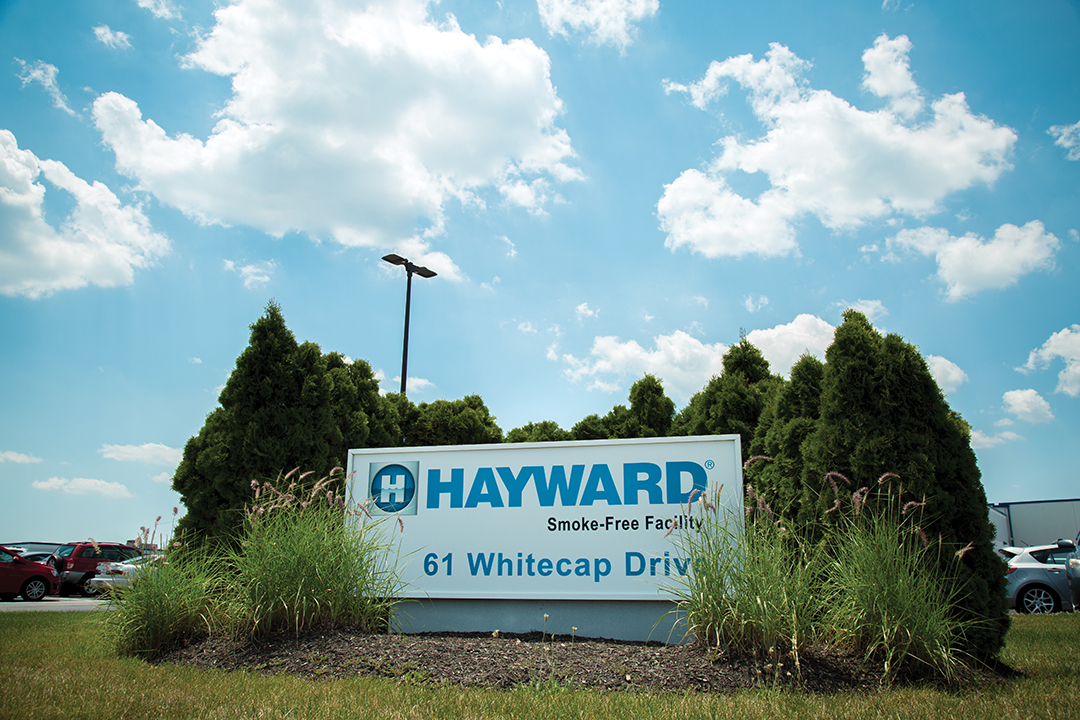
When Hayward hired Bob Hughes in 2007, its Rhode Island plant was out of space. Since then, it has almost doubled production there without expanding. How Hayward has accomplished this is a lesson in manufacturing efficiency and creativity, coupled with a commitment to improvement from the organization’s top leaders to its factory workers.
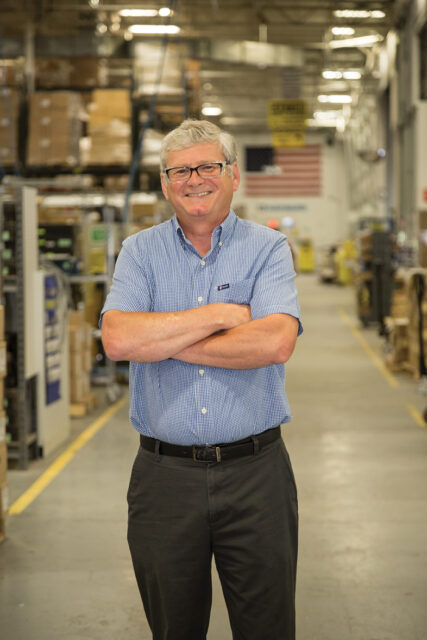
In 2004, Hayward purchased Goldline Controls, which manufactured Aqua Rite salt chlorinators and Aqua Logic automation controls out of Kingston, Rhode Island.
“Hayward has pursued an acquisitive strategy, and a decade or so ago we saw a wonderful collection of products in the Goldline business,” says Dave MacNair, vice president of marketing at Hayward. “The products and personnel impressed us as first class, and it made sense to add them to Hayward’s growing product offering.”
“That ended up being the heart of the facility that we are today in Rhode Island,” says Greg Fournier, senior product manager for controls and backyard synergies. Goldline was already working with microprocessors, printed circuit boards and other high-tech components.
Hughes, who is now plant manager, was initially hired to help the factory become leaner. He implemented waste-reduction techniques that saved time, decreased lead times and improved accuracy and quality.
“The main focus every day is to make sure we’re building what the customer wants, and only what the customer wants,” Hughes says. Each morning he looks at the orders that came in overnight, and he and his team configure the factory to get those orders completed. To most, that task would be daunting, but not to Hughes. “Every morning it’s like Christmas,” he says, “and we have to figure out how to make the customer happy.”
Hayward has multiple manufacturing facilities that have their own specialties. The North Kingston, Rhode Island, plant does all of the complex electronic manufacturing; Nashville — heaters and heat pumps; Clemmons, North Carolina — pumps, filters and cleaners; Pomona, California — pumps, filters and cleaners and is the West Coast distribution center.
It’s unique to do any manufacturing in the United States these days, much less for electronics.
“If I were to buy boards from China, I’d have seven weeks on the water,” Hughes says. “And if I had to make a change, I could be in serious trouble.”
Fournier came to Hayward from a consumer electronics company. His engineering team works out of the Rhode Island facility so as to work with Hughes and the manufacturing team directly, making improvements and changes quickly and developing new products and features.
“We fix issues right on the line without having to worry about it being five to 35 days to get new parts,” Fournier says. “We’re not waiting for five months to figure out there’s something wrong. There are some huge advantages from a reliability and responsiveness standpoint.”
Hughes says working closely with the engineers helps the company design something easier to make via factory automation, such as the company’s circuit boards.
“They’re all set up to have a board 6 inches wide,” Hughes says. “If I always have a board that’s 6 inches wide, I never have to do a [production] setup, I never have to waste time. If the board is less than 6 inches, we put a runner on it that we just snap off later on. That’s something [the engineers] would never do if they didn’t understand how much money it saves us in reduced setups. If it’s a small board, we actually do multiples on the same board, and then we break them apart later on. It’s saved us a tremendous amount of money.”
Changeovers and Automation
Reducing setups or changeovers is a monumental benefit in manufacturing. Since the plant has limited space, the floor is rearranged based on what products it is making that day. For most factories that means there’s downtime as things are switched over. Hayward has almost eliminated this delay.
“By the time one finishes all the stations, you’ve set up and started the next one,” Hughes says. They don’t account for setup time; instead, any time lost during a changeover is counted against efficiency. “If you don’t set it up fast, you lose efficiency and your bonus will go down,” he says.
To reduce waste, Hayward doesn’t bundle its parts into kits. “We’re like the grocery store,” Hughes says. “Everything is on the shelf, and they just know where the part is.”
Hayward has also invested in robots and machines that can configure the same thing over and over, in “mundane” places where it provides the most value, Hughes says — such as installing podding or a feeler. “You’ve got consistent quality; you’ve got a machine that doesn’t get sick,” he says. “It’s getting harder and harder to hire people as the economy gets better, so the automation is going to get pushed a little bit harder.”
Employee Engagement
These machines have created an environment of variety for employees. Its full-time workforce has a less than 1 percent turnover rate. Every day, they are working on different machines, manufacturing lines and products.
“If you’re working on a light line today, tomorrow you could be working on a cell line, the following day you could be working on a printed circuit board line,” Hughes says. “If they really like something, they can’t wait to get back to it. If they don’t like it, they know that they’re not going to have to do it for a long time.”
Benefits for all
These changes all mean savings for Hayward, but there are benefits for the pool builder too, like increased quality and decreased lead times: Hughes says the company’s first pass yield is 99 percent.
“When we get an order, we put it in the system for three working days,” Hughes says, adding that it typically hits that between 95 and 98 percent every month. Ninety-five percent of its customers get their product in three days or less.
Hughes says producing product that quickly has created a paradigm shift in the industry. “Everybody used to want a whole bunch on their shelf because they weren’t sure when they were going to get the next one,” he says. “We’ve almost gotten to that point where people don’t order way ahead of time.”
Hughes, who after time in the Navy has worked in electronics manufacturing for most of his career, says the mind-set at Hayward is different not just in manufacturing, but also how it deals with people.
“It’s almost like you run your own company when you work for Hayward,” Hughes says. “They’re there to support you, but they do not micromanage you. If you need something, they will jump in to help you at a moment’s notice, no matter how high up you go in the company.” Results are the main barometer, he says: Did you get the product out on time? Was it what the customer wanted? Was it the quality they wanted? Did we make money?
“Hayward hires extremely capable people and empowers them to make sound decisions within our management structure,” MacNair says. “Our Rhode Island facility has a deep understanding of the products and technologies used, and uses a continuous improvement philosophy to make them better than ever.”
